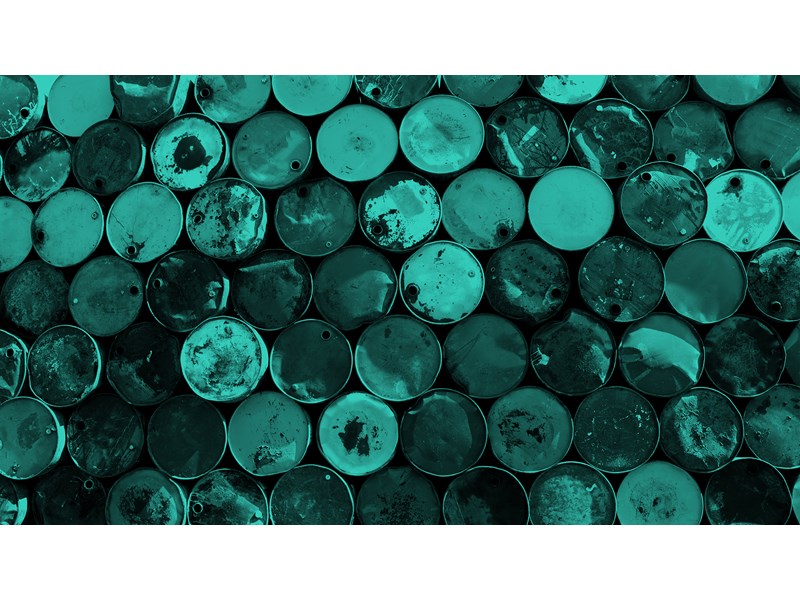Discuss your challenges with our solutions experts
What does the OPEC+ supply surge mean for refiners?
1 minute read
Alan Gelder
SVP Refining, Chemicals & Oil Markets

Alan Gelder
SVP Refining, Chemicals & Oil Markets
Alan is responsible for formulating our research outlook and cross-sector perspectives on the global downstream sector.
Latest articles by Alan
-
The Edge
Upstream’s mounting challenge to deliver future oil supply
-
Opinion
The impact of the Israel-Iran conflict escalation on the global energy market
-
Opinion
Oil and refining market implications of Israel’s strike on Iran
-
Opinion
What is the impact of US tariffs on oil and refining?
-
Opinion
Oil and refined products in 2025: a commodity trader’s guide
-
Opinion
Global refinery closure outlook to 2035
The oil market is in a state of flux. Prices have fallen dramatically, and demand has taken a hit as measures are introduced across the globe to combat the spread of coronavirus. Saudi Arabia and Russia’s competition for market share has only exacerbated weak demand. How will increasing supply from OPEC+ regions impact the refining industry?
This is Alan Gelder, VP of Refining, Chemicals & Oil Markets, with three things you need to know.
1. What does it mean for refining margins?
Global refining margins will be squeezed as product cracks narrow on a $/bbl basis. North American refiners will be hardest hit. High freight rates will increase the cost of crude in the US more than competing regions.
2. Where will the surplus crude go?
Of the 2 million b/d additional Middle Eastern crude supply that is set to come onto the market, nearly all of it should flow to Asia Pacific refiners. That’s a significant change from current market dynamics, reflecting Saudi policy of competing for market share in Europe.
3. How will production change?
An additional supply of medium sour crude will hit the market. Light and extra-light crudes will be backed out of refinery slates. The growth in supply and processing of medium sour crudes provides more feedstocks for refiners to process, which puts pressure on Latin American heavy grades.
What else do our models tell us?
Saudi’s current low official selling prices (OSPs) aren’t permanent. We think the aim is to incentivise refiners to opt for Middle East crudes and to drive a lower crude price environment.
The discounts can be reduced once Saudi Arabia and Russia have stabilised their production at higher levels.
Ask Alan: How will refiners be affected by the changing oil market?
Over the next few weeks, Alan and his team will be modelling the impact of the drop in oil demand on global refineries. Talk to Alan to get the latest information and advice during these volatile times.

Alan Gelder, VP of Refining, Chemicals & Oil Markets










